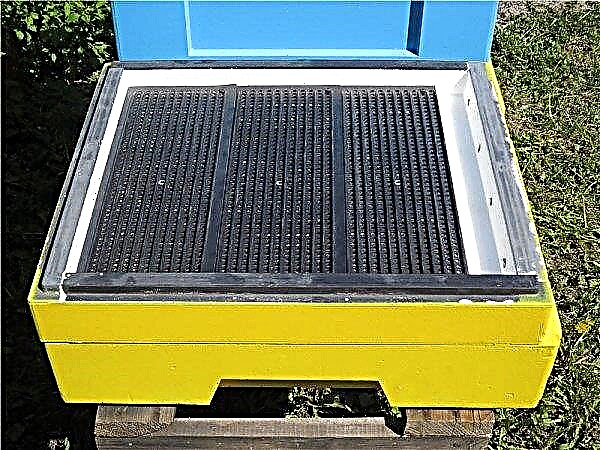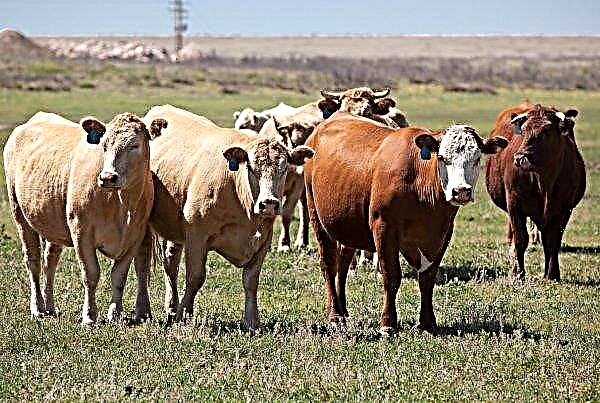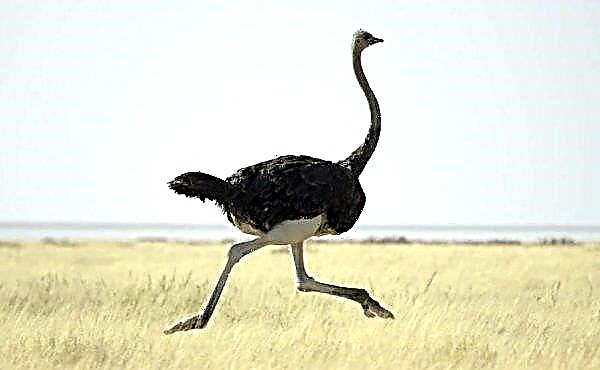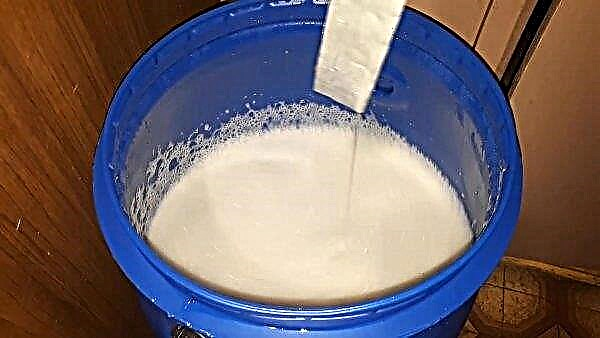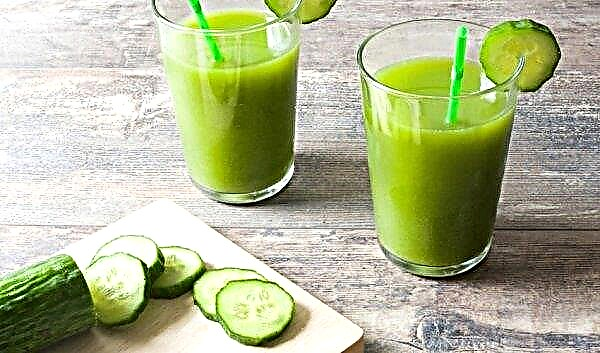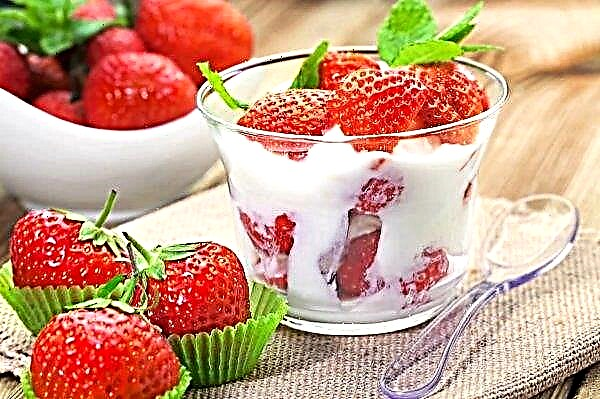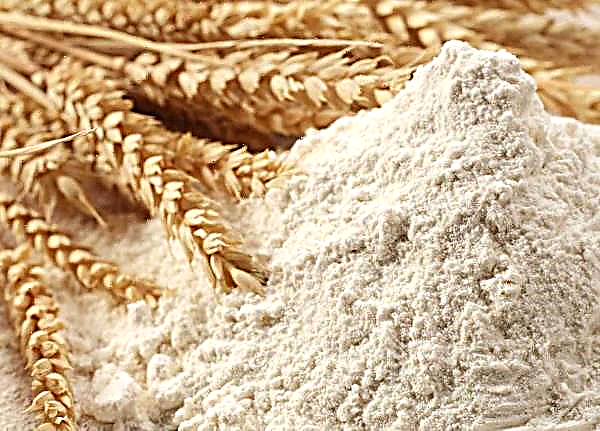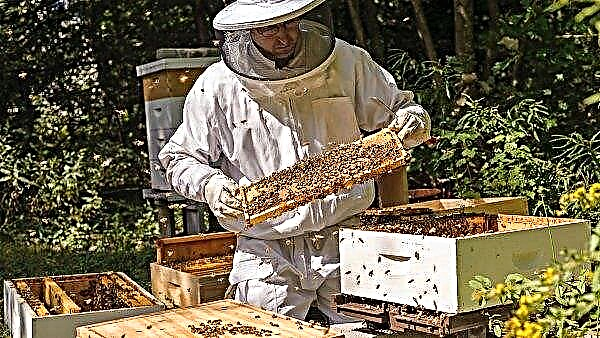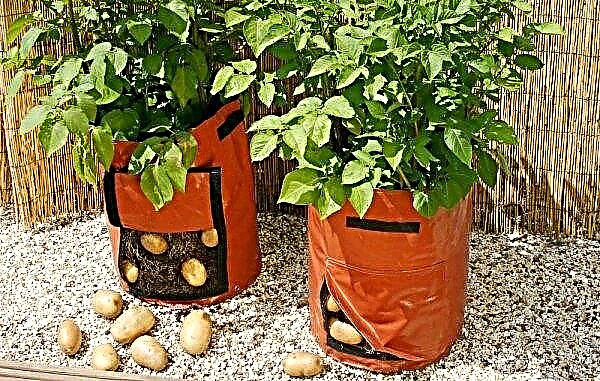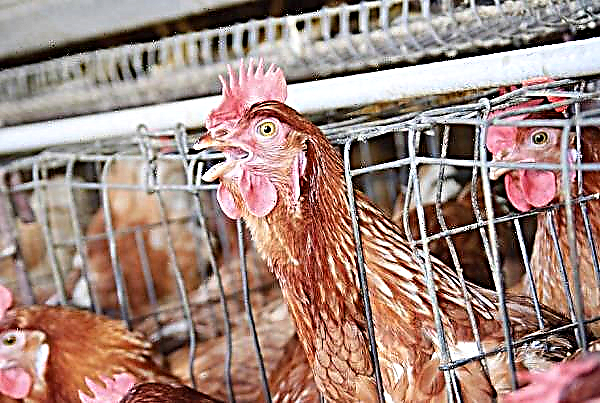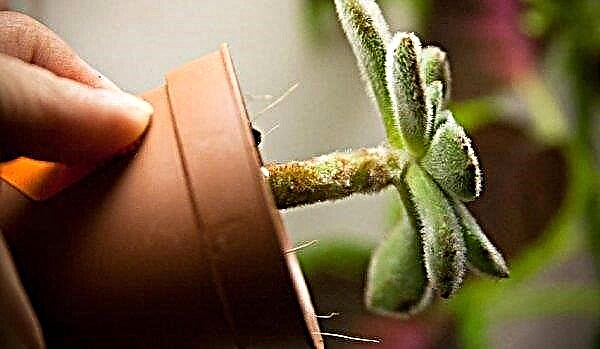One of the most beautiful conifers, which are very popular all over the world, is blue spruce. It differs from ordinary spruce in a characteristic color. The spectacular spreading tree has an unusual coloring of needles, and thanks to the long-term work of breeders, it is now widespread in Russia, the USA, Ukraine, Belarus and other countries.
What is the name of the blue spruce
The botanical name of blue spruce is Picea pungens. In some sources, it is called blue prickly. It belongs to the species of evergreens, but differs in the unusual color of needles: from light gray or green-gray to deep blue.

Characteristics of blue spruce
Unlike most of its “congeners,” the ordinary blue spruce Picea pungens is easily recognizable by its classic appearance. The main characteristic is the color of the needles. It can be brownish-gray and even light blue with a white tint. Different varieties may look completely different, but the pearl, gray or white shade of the needles unites them.
Important! Christmas trees do not plant near residential buildings because of their superficially located root system. In a severe hurricane, they can fall on the building and to harm his.
Among the main characteristics and characteristics of the tree, the following can be distinguished:
- slow annual growth (up to 15 cm);
- the presence of multi-stemmed specimens (with this growth method several trees with one root system grow from the ground at once);
- in the wild grows near streams and mountain rivers;
- It has a long life expectancy (up to 100 years);
- the color of young and mature cones is different: young are bright green in color, and mature cones are dark brown; their size reaches 8–10 cm;
- the older the tree, the more cracks on the surface of its bark;
- some subspecies of prickly blue spruce need to be tied up due to powerful lower branches;
- very sensitive to fungi and parasites, for this reason they can not be planted where garden crops previously grew.
Height
The dimensions of the prickly blue spruce reach a diameter of 8 m, and a height of up to 45 m. The crown is thick, spreading, needles up to 3 cm long, the shape of the crown is conical, the lower branches are often much more massive than the middle and upper.
If we talk about dwarf varieties, their height is rarely more than 1.5–2 m, and the diameter reaches 2-3 m. Their second name is "compact." Most often used for small garden or summer cottages, to decorate the area near municipal buildings.
How many lives
The maximum lifespan of a blue Christmas tree in modern gardening is 100 years. However, history knows cases when the spruce tree lived 500 years or more. In the plant world, representatives of the coniferous family are considered long-livers. For example, in the USA, fossilized remains of ancient trees were discovered, which are several thousand years old.
Homeland of blue spruce
The birthplace of blue spruce is North America. (Arizona, Idaho, New Mexico). The favorite habitats of the coniferous giant are the banks of mountain rivers and lakes, as well as valleys in the mountains with good lighting, a rocky surface and sandy soil.
Where does blue spruce grow in Russia
In Russia, blue spruce grows throughout the middle zone, in taiga regions, in Altai and the Urals. It is grown in nurseries, and privately, from seeds. But the best way to propagate this conifer is by grafting. Species varieties are difficult to propagate outside the nursery; it is difficult for novice breeders to grow them.

Varieties of spruce spruce
In the world recorded more than ten types of varieties of this tree. Wild spruce seedlings or those plants that have already sprouted independently on cultivated soils are usually classified as varietal group f. glauca or Glauca vulgaris.
Dwarf tree forms, characterized by a compact form and low height, and bred by breeder Ant Kluis in 1937, belong to the form of Glauca globosa. Other known varieties of Glauca: pendula, procumbens, prostrata.
Flat Blue Spruce - Misty Blu. It grows only 2 m high. It has a beautiful crown and hard light blue needles. Among relatively new varieties, breeders include: Filip's Blue Compact (2003), Frieda F. Etzelstorfer (2000), Hermann Naue (dwarf variety of the early 2000s). Many of these trees tolerate bad weather conditions, such as severe drought or sudden changes in temperature.
Important! Spruce seeds are stored in special bags all winter under snow. After the snow layer melts, they are collected and planted in the ground no earlier than mid-April.
How to grow a blue spruce
Step by step description of the growing process:
- In mid-April, the seeds are placed before sowing in a ready-made growth stimulator, treated with Fundazol at the rate of 20 g of the preparation per 1 bucket of water, dried and the soil is prepared for planting.
- It is planted in a mixture of peat with fertilizers (20 g of Ammophos and 35 g of lime are added to a bucket of peat).
- The prepared mixture is laid out in plastic pots with drainage holes, 15 cm of drainage are previously placed on the bottom.
- They crush the earth, put up to 5 seeds in each pot, sprinkle 5 cm of peat, which is pre-mixed with wood coniferous sawdust.
- After 25 days, seedlings will appear, of which the strongest is left, the rest are removed.
Video: blue spruce seed
Seedlings are sprayed after planting once a day for two weeks, and then - as necessary, based on the degree of dryness of the soil. They are transplanted into the soil next spring. For transplantation, they take a seedling with an earthen lump and place it in a previously prepared hole 60 × 70 cm in size, on the bottom of which a drainage layer is laid, for example, limestone with a layer of 5-10 cm.

A mixture of turf and leaf land, peat and sand in equal parts is poured into the pit. A recess is made in the soil, into which the spruce is planted, then the earth is tamped and the planting site is sprinkled with sawdust mixed with peat.
Did you know? Coniferous needles are a source of vitamin C. They have more of it than in cranberries or lemons.
Blue spruce grown on a summer cottage will certainly delight owners for many years. These beautiful coniferous trees not only look spectacular, but are also natural “purifiers” of air. And to raise them, as you have already seen, is not difficult.

